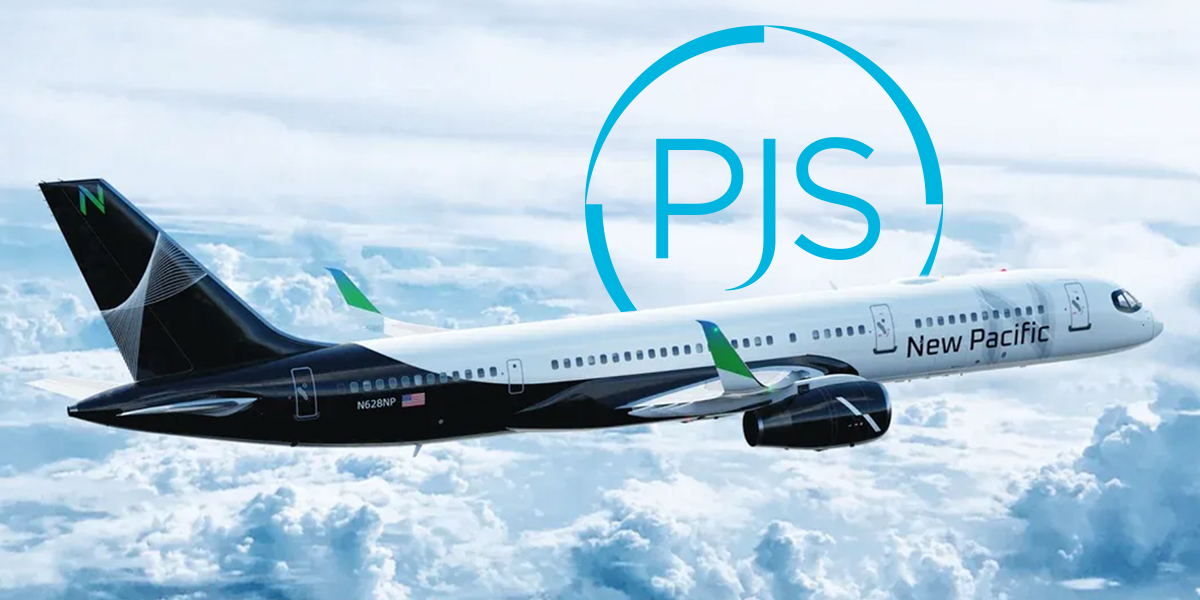Again, the private aviation industry leaves behind a year of change and operating under immense pressure: navigating low aircraft inventory and high demand; vying for pilots and crew; keeping up with increased maintenance levels; soaring fuel costs; working around travel mandates. The list goes on.
Despite challenges, the private aviation industry is no longer flying under the radar. While other sub-sectors of the hospitality and travel industry have experienced setbacks since the onset of the global pandemic, private aviation experienced growth beyond 2019 numbers. As consumers entered the private aviation market for the first time, companies were forced to pivot and scale quickly. As the industry continues to mature in 2022, there is a clear path outlining who will be most successful and who will struggle to keep up.
Our 2022 Aviation Predictions
1. The Battle To Scale — Growth is inevitable. But the private aviation industry has been put under pressure to scale quickly to accommodate the rapidly increasing demand. We predict that smaller vendors will find it harder to deliver the scale and benefits provided by those with larger fleets or broader capabilities. As larger vendors voraciously push towards growth and expansion, more acquisitions and mergers will occur. As companies merge, larger vendors will become full-service aviation houses where all needs are handled under one roof instead of outsourcing to various vendors.
2. Death Of Democratization — On-demand culture will take a back seat as more people seek personalized, hands-on, expert private aviation solutions. After two years of suppressed in-person interaction, the world desires a more human touch. Recent entrants who built their value proposition on sourcing flights from a mobile app face challenges keeping human interaction and analysis intact, especially in more complex enterprise-scale private aviation scenarios.
3. Increased Sustainability Efforts — Private aviation has historically faced a need to compensate for its carbon output. PJS and other industry leaders are already taking action to offset the amount of fuel used on smaller capacity flights. In 2022, we will see a more significant investment in countering carbon emissions and sustainable aviation fuel (SAF). Outside of planting trees based on the amount of carbon emitted, companies will look at expanding the points where FBOs can access wholesale supply without excess transport or fuel expense. Environmental, social and governance (ESG) initiatives by travelers from large corporations and aviation departments, combined with millennials rising into C-Suite roles, will create a client-side demand that the industry delivers more sustainable and impactful solutions.
4. War For Talent — Aviation companies will continue to battle for experienced pilots and aviation professionals in all roles. Expect to see the business aviation industry cooperate across vendors on new programs to recruit young people into aviation careers. It is the smart solution to address the imbalance of supply in the labor market as the entire industry looks for more trained technicians, pilots and dispatchers.
In conclusion, the industry will continue to scale with high volume and growth in demand leading the charge. We predict this will continue for years to come. Fortune Business Insights projects a compound annual market growth rate (CAGR) of 5.22% by 2028.
Needless to say, private aviation is here to stay. But the industry will need to band together to manufacture more business jets, increase pilot and crew training and career incentives to retain talent and place a strong focus on what consumers care about most – personalization and sustainability efforts – rather than serving anyone and everyone at a rapid pace.
Private aviation is well on its way to becoming the primary travel solution as companies shift focus to address the changes knocking at their doors.




